Scarce supply and rising housing prices force the market to restructure and regulate supply and demand. This context opens up opportunities for projects with high levels of completion and good connectivity to the city center.
Market in new cycle
The real estate market is in its 5th cycle from 2021-2026.
In this cycle, the economy has bottomed out and is gradually recovering since June 2023. Growth assets (stocks, bonds, equity funds) are forecast to have positive prospects in the coming years. For real estate assets, which usually recover after the stock market by about 12 - 18 months, are forecast to begin to recover and grow in the period 2025 - 2026.
Currently, statistics show that the number of projects approved for investment and legal clearance to bring supply to the market in the past time is very limited. Even businesses find it difficult to find land in Ho Chi Minh City to develop projects, so the shortage of supply is still persistent.
CBRE's recent market report also stated that investors in the Ho Chi Minh City market are more cautious in launching new product baskets in this period. New supply is scarce, and the majority of transactions in Ho Chi Minh City come from previous-phase inventory. About 2,000 unsold apartments were sold in the third quarter, nearly double that of the second quarter of this year. Currently, investors are still considering and evaluating the situation to choose the right time to launch new product baskets, because the fourth quarter is a decisive factor in the next phase.
Meanwhile, research data from the Vietnam Association of Realtors (VARS) has similar points, with transaction volume and absorption rate in the third quarter decreasing by 25% and one percentage point respectively compared to the previous quarter. Of which, the transaction volume of condominiums is still overwhelming, accounting for 71% of total housing transactions in the third quarter, with new condominium projects recording an average absorption rate of 75%.
Housing prices continue to remain high in both the primary and secondary markets, especially in the apartment segment. The imbalance between supply and demand is becoming increasingly serious as supply, although improved, is still difficult to meet demand.
For Ho Chi Minh City, the primary price level remained stable at a high level due to the supply mainly coming from ongoing projects. Meanwhile, the primary price level in the provinces and cities surrounding Ho Chi Minh City increased slightly, ranging from 3-5%, with new supply having higher selling prices.
VARS's apartment price index also changed. As of the third quarter of 2024, the average selling price of the project cluster in Hanoi was close to VND 60 million/m2, an increase of 64.0% compared to the second quarter of 2019. Meanwhile, during the same period, the average selling price of the project cluster in Ho Chi Minh City increased from VND 49.2 million/m2 to VND 64.2 million/m2, reflecting an increase of 30.6% compared to the base period.
Supply in the coming years is expected to be scarce, leading to an increase in real estate prices because the amended laws coming into effect create a transparent legal environment to protect investors. This is also a factor that helps the market select investors with real financial capacity in implementing and developing projects.
Market screening, opportunities for whom?
The real estate market in Ho Chi Minh City has overcome the most difficult bottom. From the negative growth rate in 2023, in the first 9 months of 2024, real estate revenue gradually recovered with an increase of about 7% over the same period, estimated at 199,156 billion VND. Recovery is a trend that will not be reversed, but it is too early to talk about development.
According to a report by the Ho Chi Minh City Department of Construction, in the first 8 months of the year, the city only had 9 commercial housing projects approved for investment but on a small scale; only 4 commercial housing projects were eligible to mobilize capital, but 100% of the apartments were in the high-end segment and beyond the affordability of those in need.
Regarding this issue, the Ho Chi Minh City Real Estate Association (HoREA) believes that to solve the problem of reducing housing prices, it is necessary to first solve the problem of supply and demand. To increase housing supply, it is necessary to remove the bottleneck of commercial housing supply, specifically, the city currently has more than 148 projects with legal problems. Scarcity of supply while demand is high has caused housing prices to increase by 15-20% in recent times.
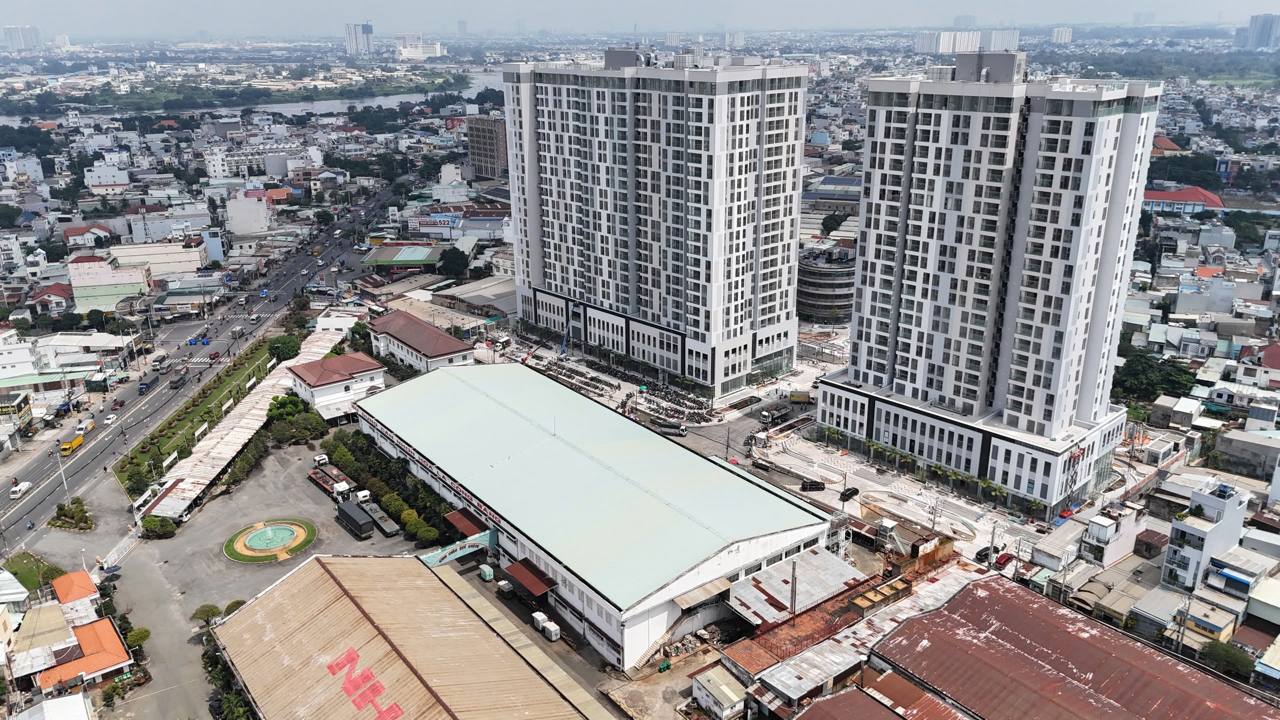 |
| Opportunities to attract demand will open up for housing projects that are being completed and have good transport infrastructure connecting to the center. |
In the context of new laws coming into effect and being implemented in practice, it is possible that next year's primary housing prices will increase. Therefore, at this time, the opportunity to attract demand will open up for housing projects that are being completed and have good transport infrastructure connecting to the center. In particular, the eastern area of Ho Chi Minh City is proving its effectiveness in solving traffic problems and providing housing.
Not only the Metro line is about to be put into operation, but also the beltway projects and the National Highway 13 expansion project are opening up great opportunities for projects along this axis. As the focal point of connecting regional infrastructure projects, the Urban Green apartment project of investor Kusto Home possesses outstanding values to create "attractive" force for the demand side.
Source: https://baodautu.vn/batdongsan/thi-truong-bat-dong-san-tai-co-cau-co-hoi-cho-ai-d227842.html



![[Photo] Many advanced technologies gather at Analytica Vietnam 2025](https://vstatic.vietnam.vn/vietnam/resource/IMAGE/2025/4/4/0ef01117275d4d71b2e2a45c215ac2f8)
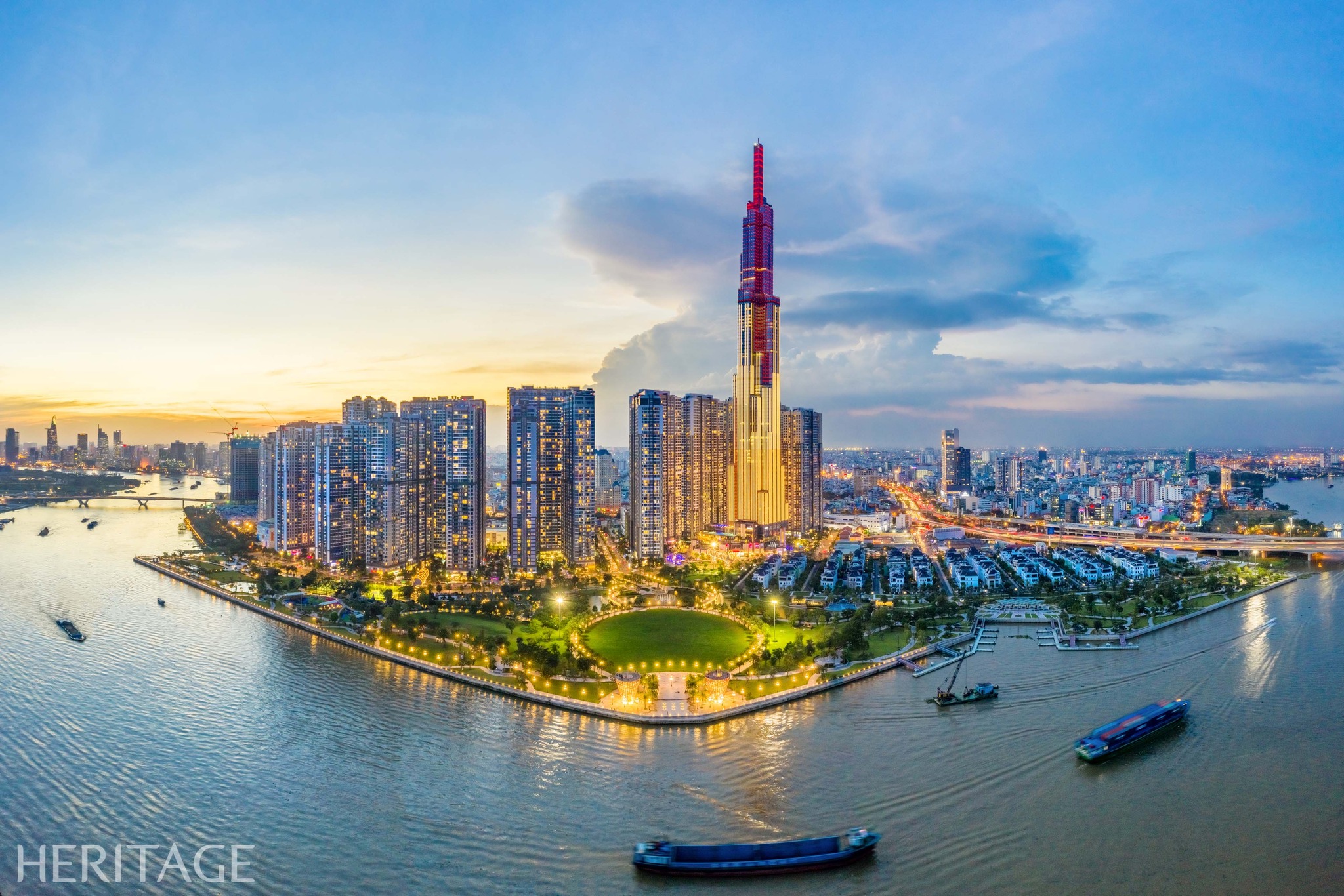

![[Photo] Prime Minister Pham Minh Chinh visits comrade Khamtay Siphandone](https://vstatic.vietnam.vn/vietnam/resource/IMAGE/2025/4/4/a570cc01b32d458bb9702983e78e193a)

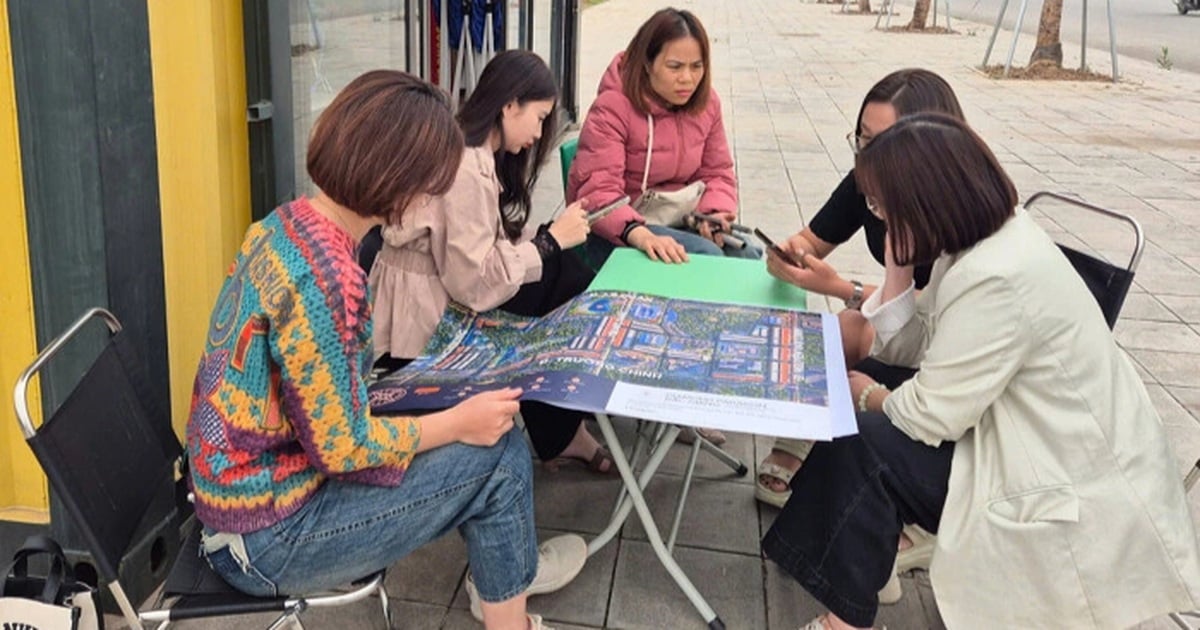

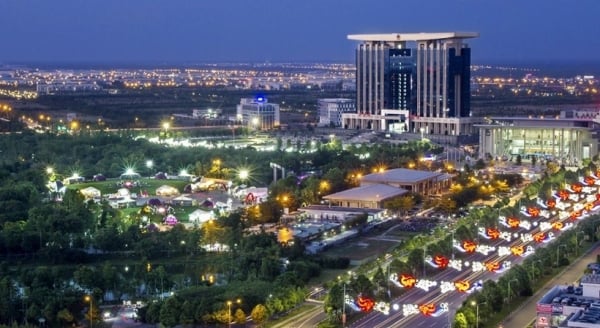

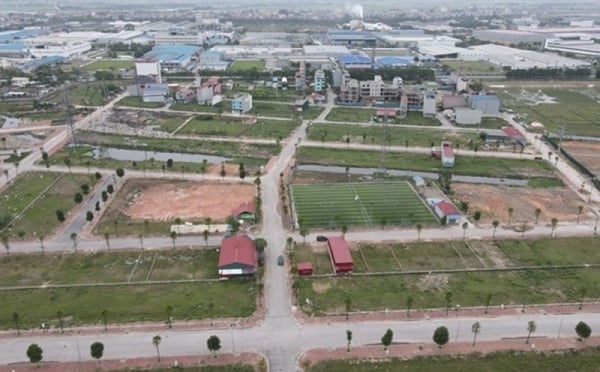
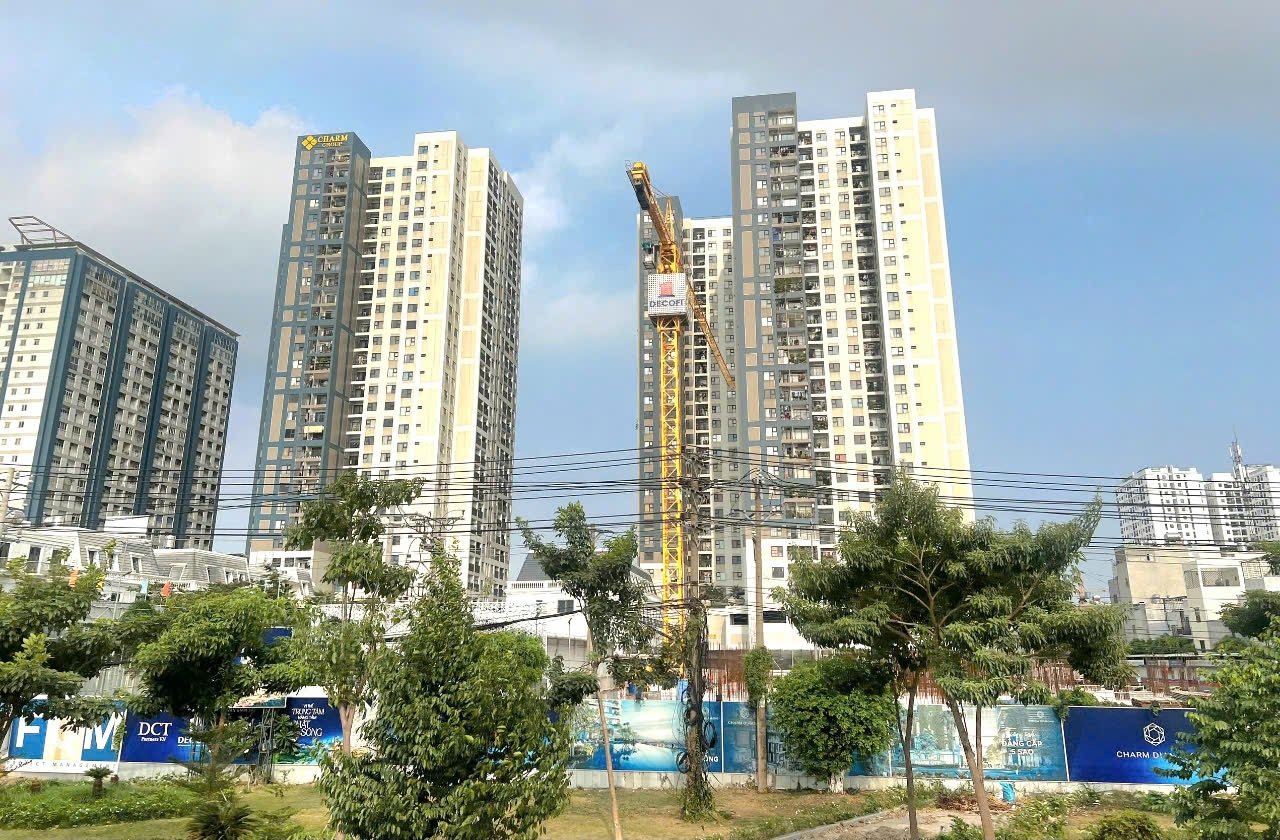


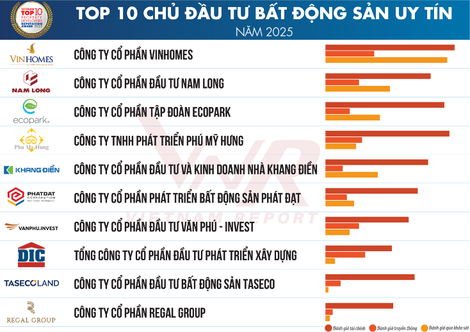


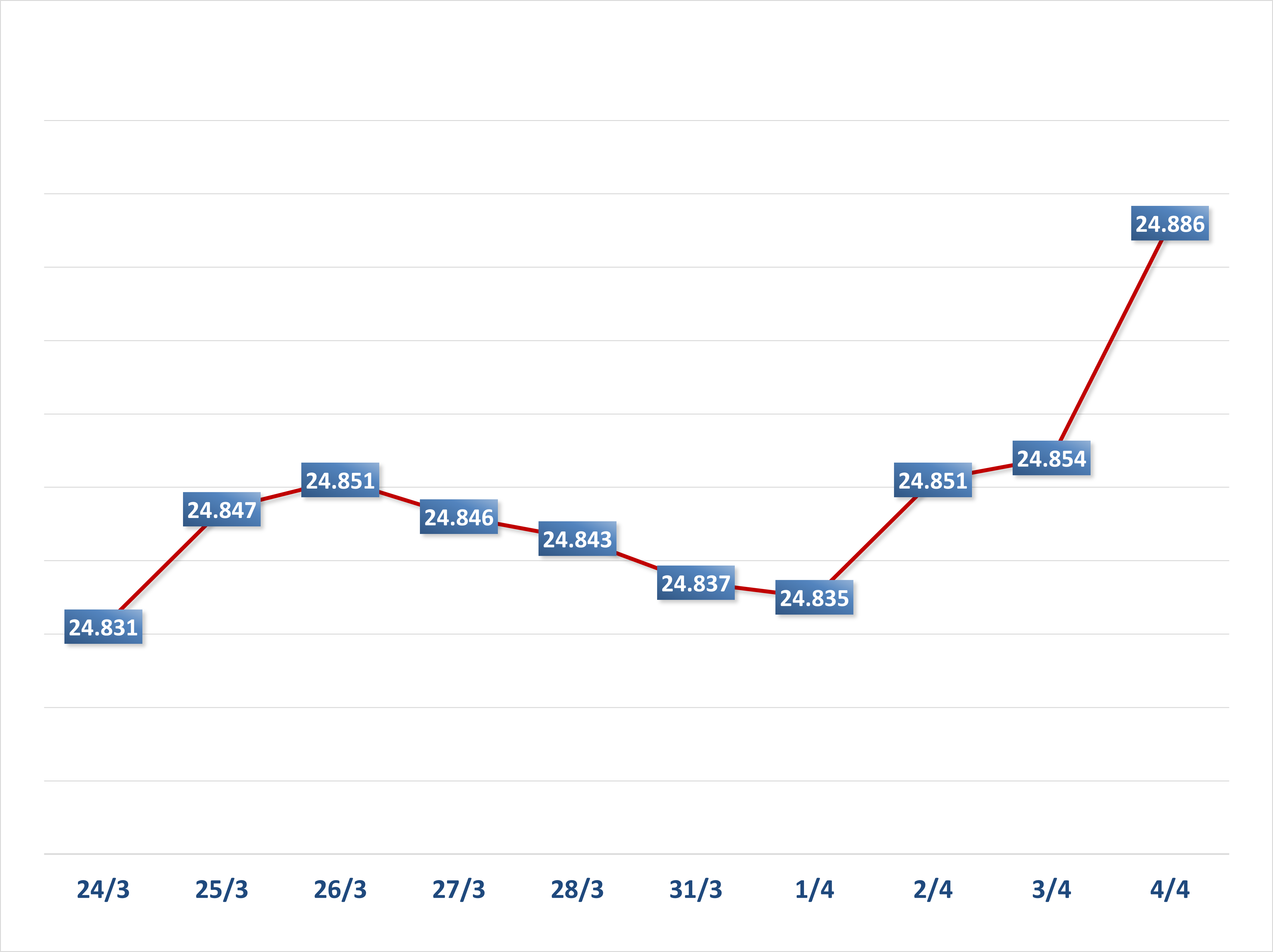







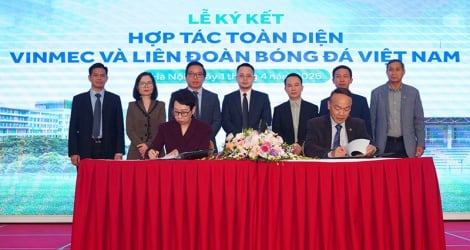

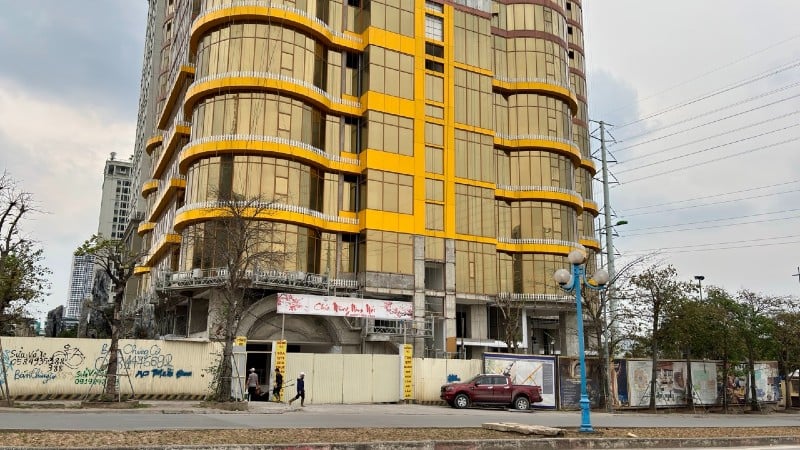

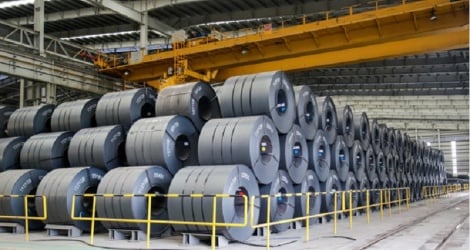
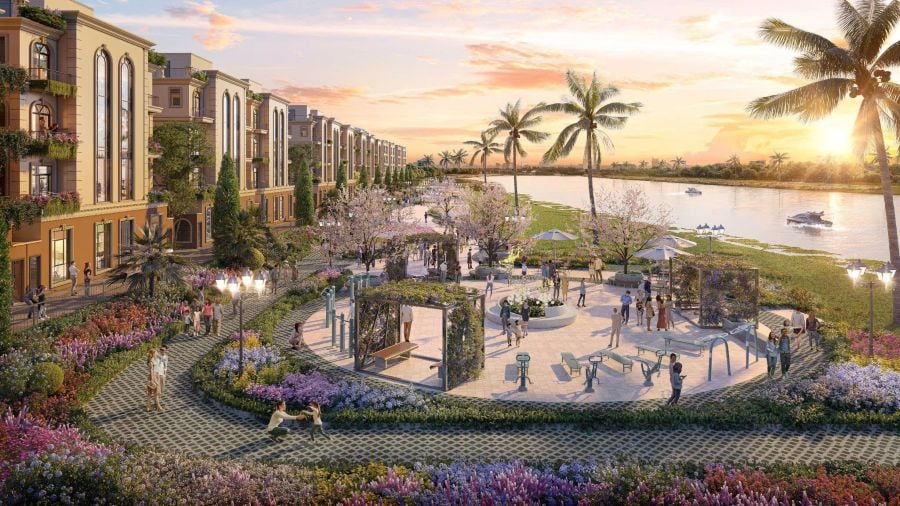



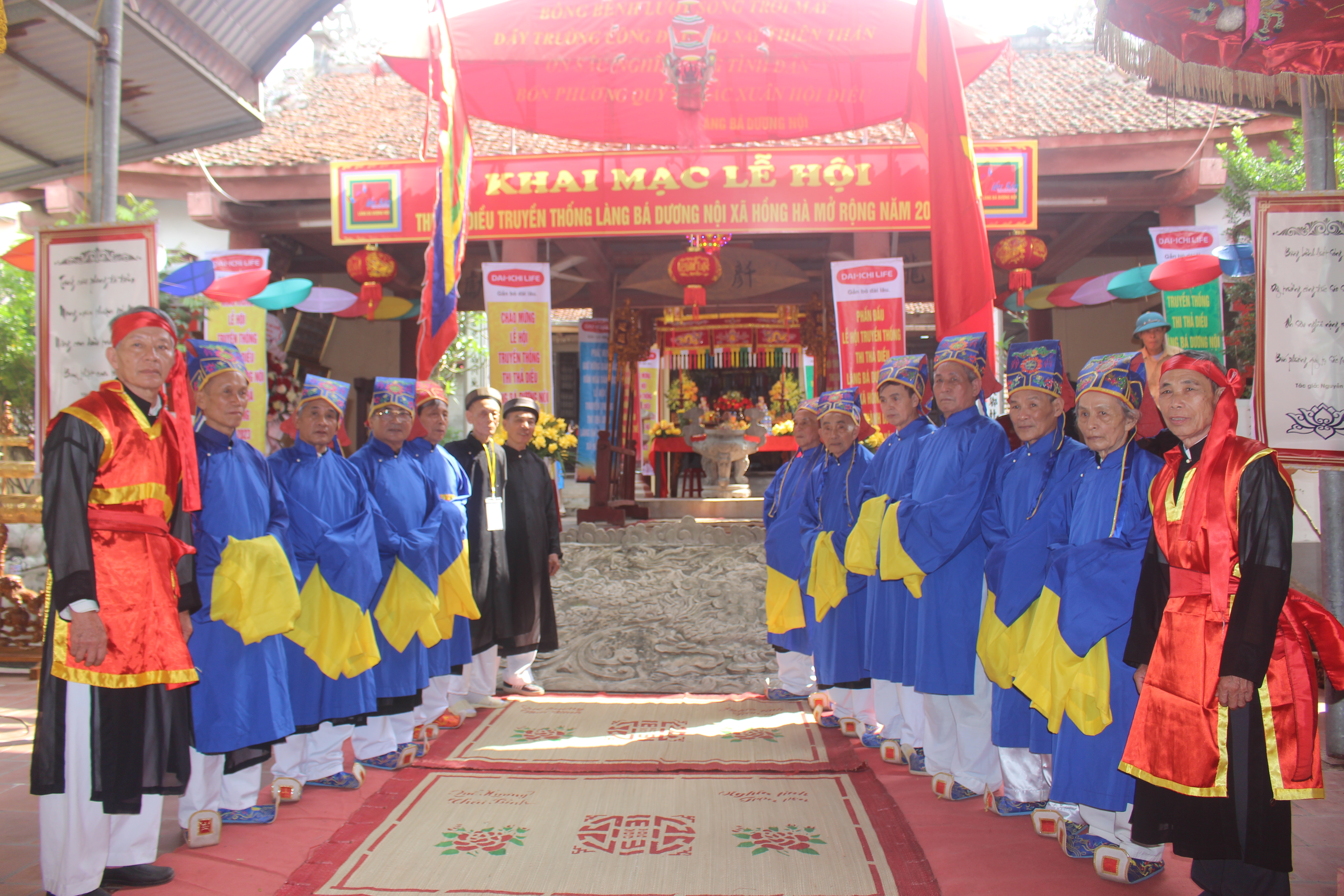
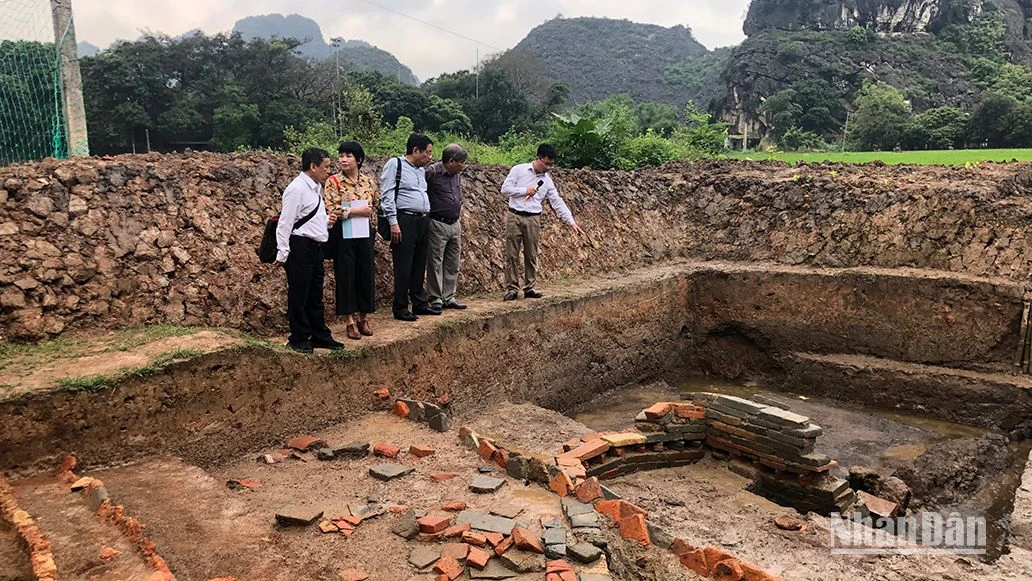





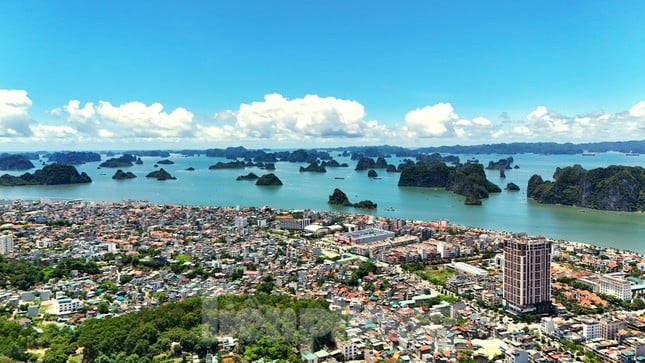











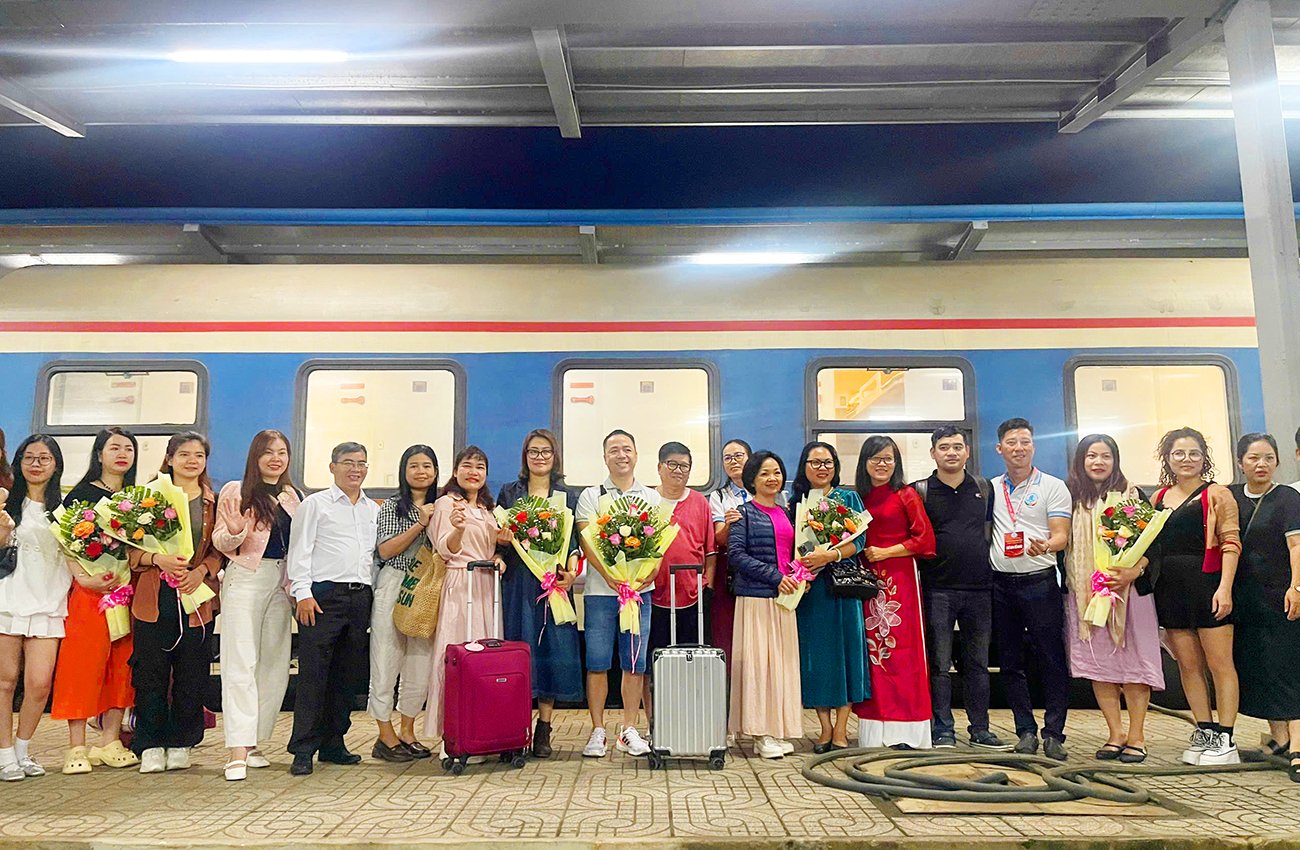
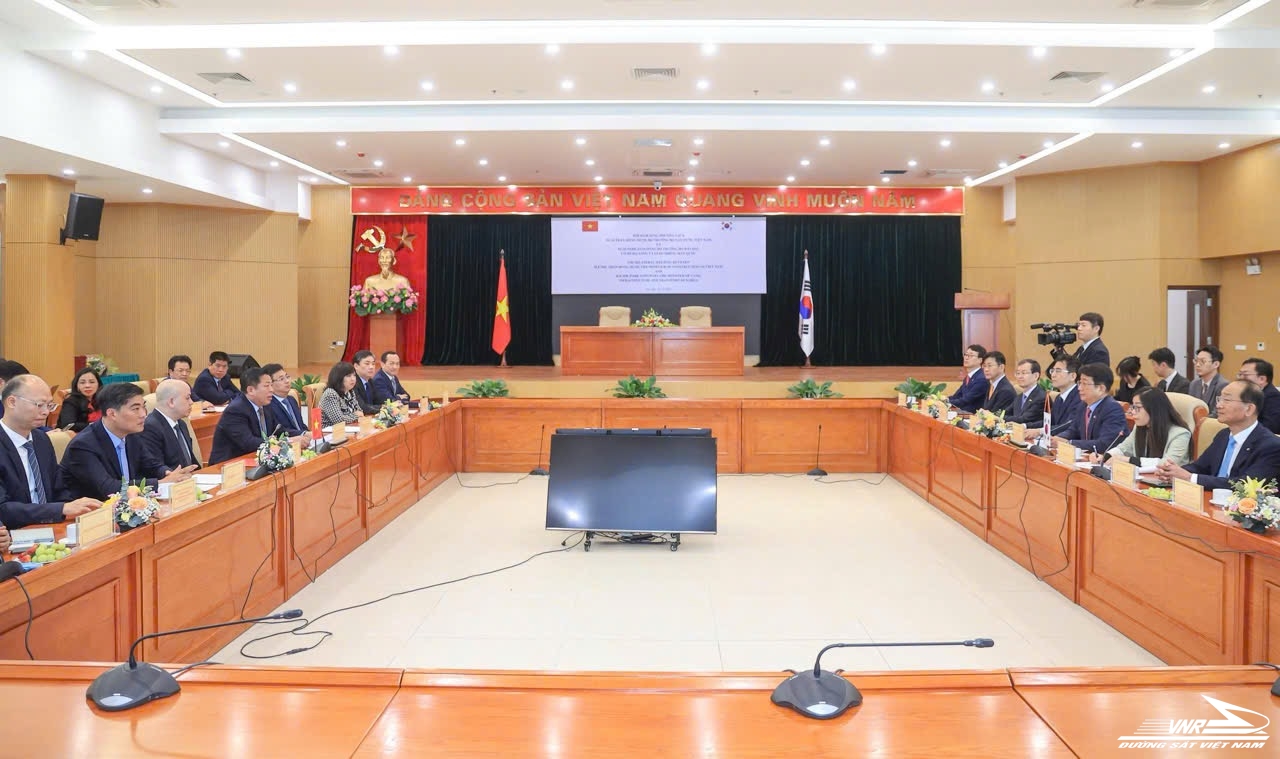









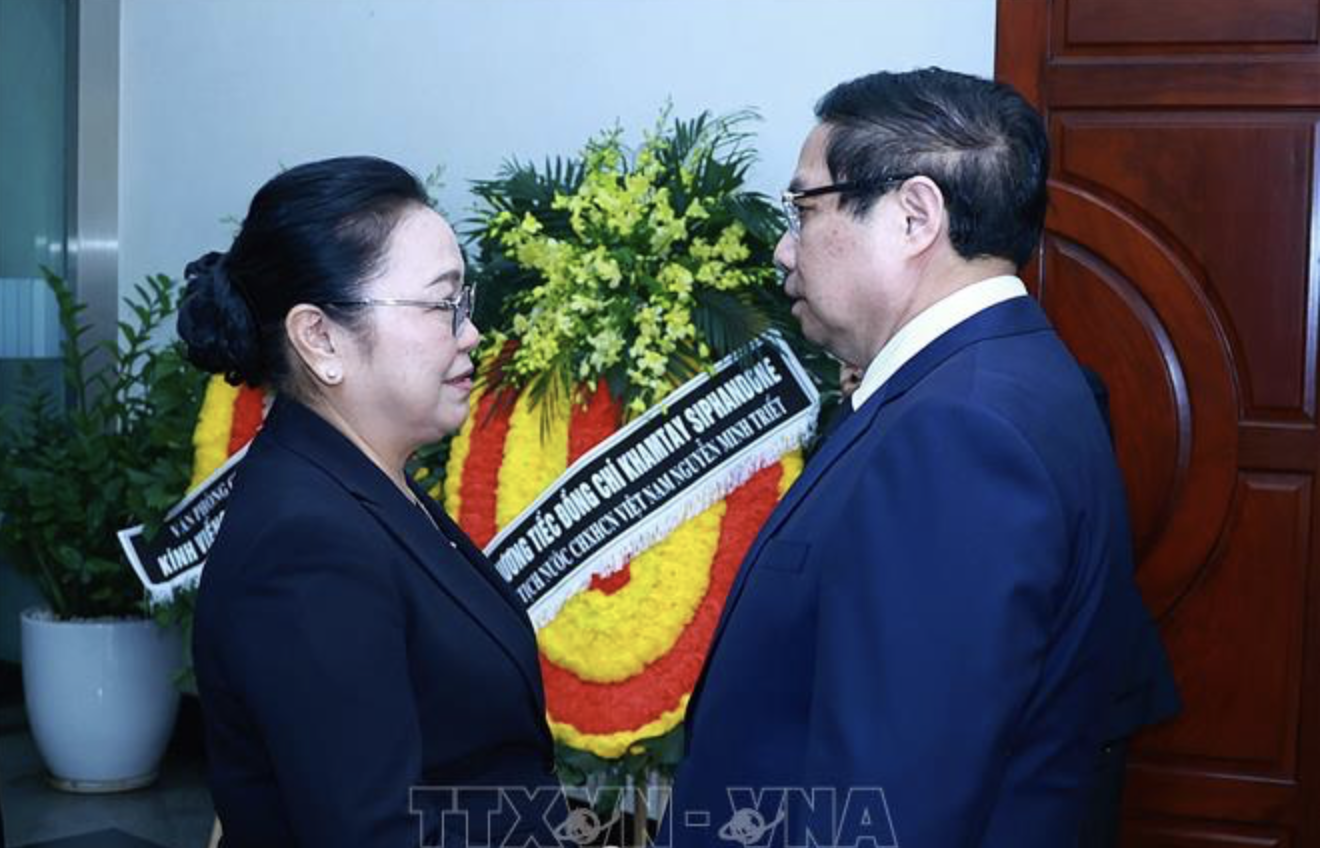















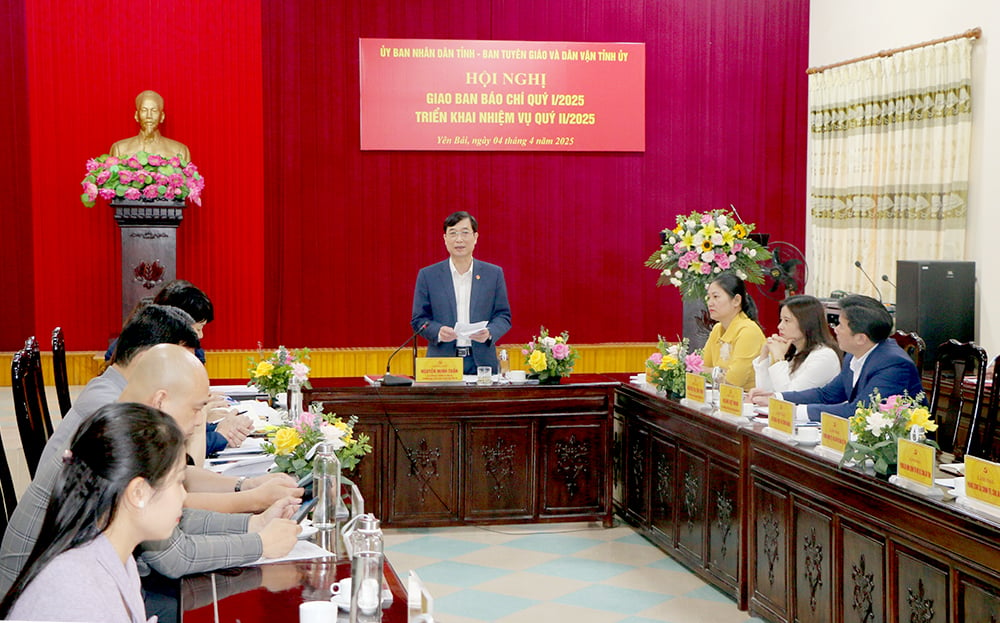


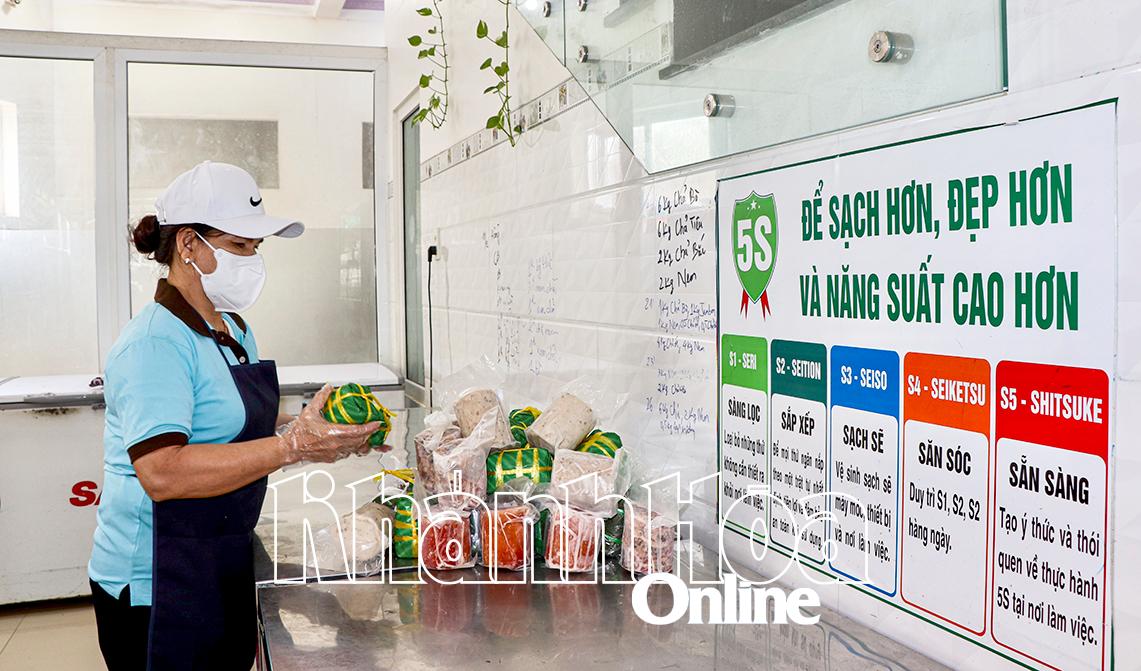



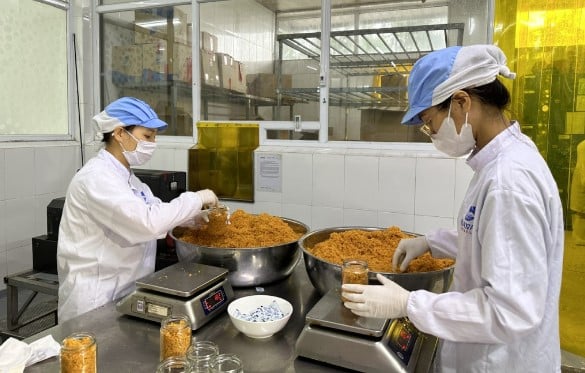




Comment (0)